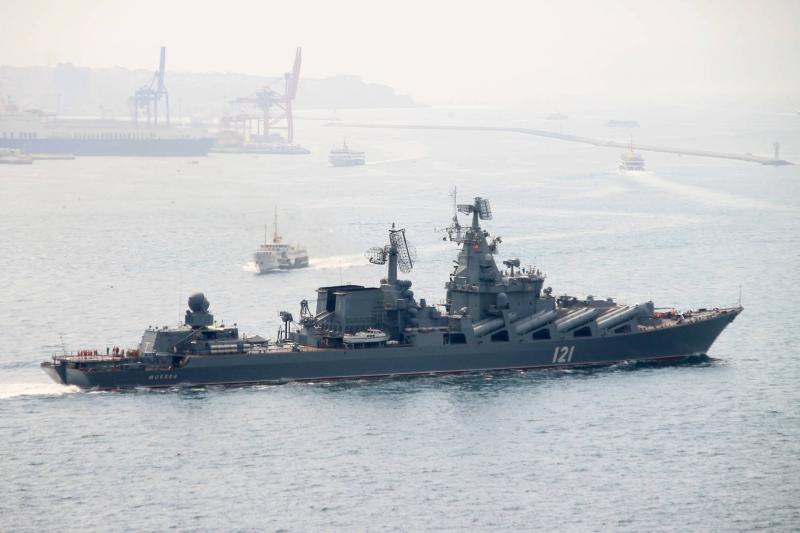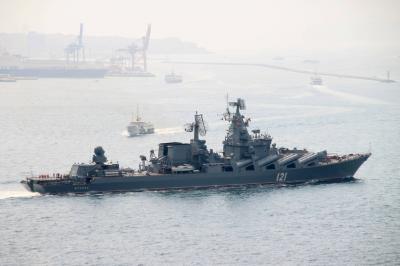The sinking of the Russian warship "Moskva" months ago puzzled military experts, considering the protection it had and the additional measures taken at that time due to fears of being targeted. Various theories emerged, including suggestions of an intelligence breach and American assistance that helped locate the coordinates of this advanced ship. However, a new study showed the opposite, indicating that a weather phenomenon may have aided Ukraine in targeting and attacking the ship from a distance of 55 miles, according to the British newspaper "Daily Mail."
**Temperature Inversion**
A team of Swedish physicists determined that Ukraine's victory was due to a temperature inversion, which occurs when warm air traps cold air at lower altitudes. This strange phenomenon allowed Ukrainian radar to "see" farther than it was designed to, enabling it to target the long-range ship.
The scientists, who authored the new study proposing the temperature reflection theory, noted that "given that Moskva was located far beyond the normal radar horizon of any ground radar system at the time of the missile launch, the question remained open as to how the Mineral-Yu radar was able to detect the warship."
**Radar Wave Behavior**
The team utilized meteorological data from the day of the missile attack to model how radar waves behaved that day. Typically, radar waves spread at least 15% farther than the geometric horizon when they reflect off the atmosphere and return to the Earth's surface; usually, the air higher up is cooler. Maximum temperature inversion occurs when cold air at lower altitudes is trapped by a layer of warmer air, reversing the normal gradient.
Meteorological data indicated that continuous winds off the Ukrainian coast brought warm and dry continental air to the sea above the cold and moist marine layer in the atmosphere on the day of the attack. Atmospheric models showed that this phenomenon enabled radar waves to travel farther than usual, making Moskva appear on Ukrainian radar. Once it was visible, launching Neptune missiles to strike the cruiser was straightforward.
**A Puzzling Mystery**
In the aftermath of the attack, Russian officials initially claimed that the ship was afloat and being towed to a port in Crimea for repairs. They admitted to sustaining damage but alleged that an ammunition explosion was the cause. Several early and uncertain reports provided various explanations for what occurred. Some claimed that the United States had provided Ukrainian forces with the ship's coordinates, while others suggested that drones had pinpointed the ship's location. However, evidence supporting these claims was lacking or incomplete.
It is noteworthy that the attack dealt a significant tactical and symbolic blow to Russia in the early months of the war that began in February 2022.




